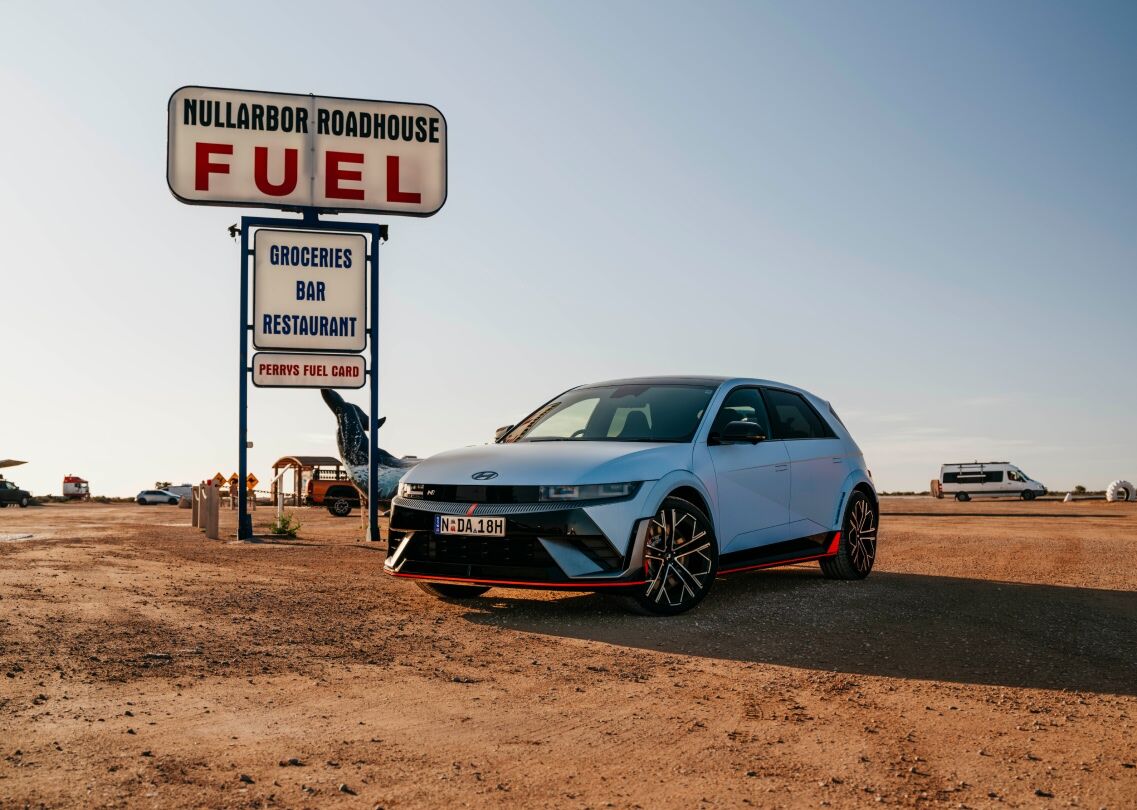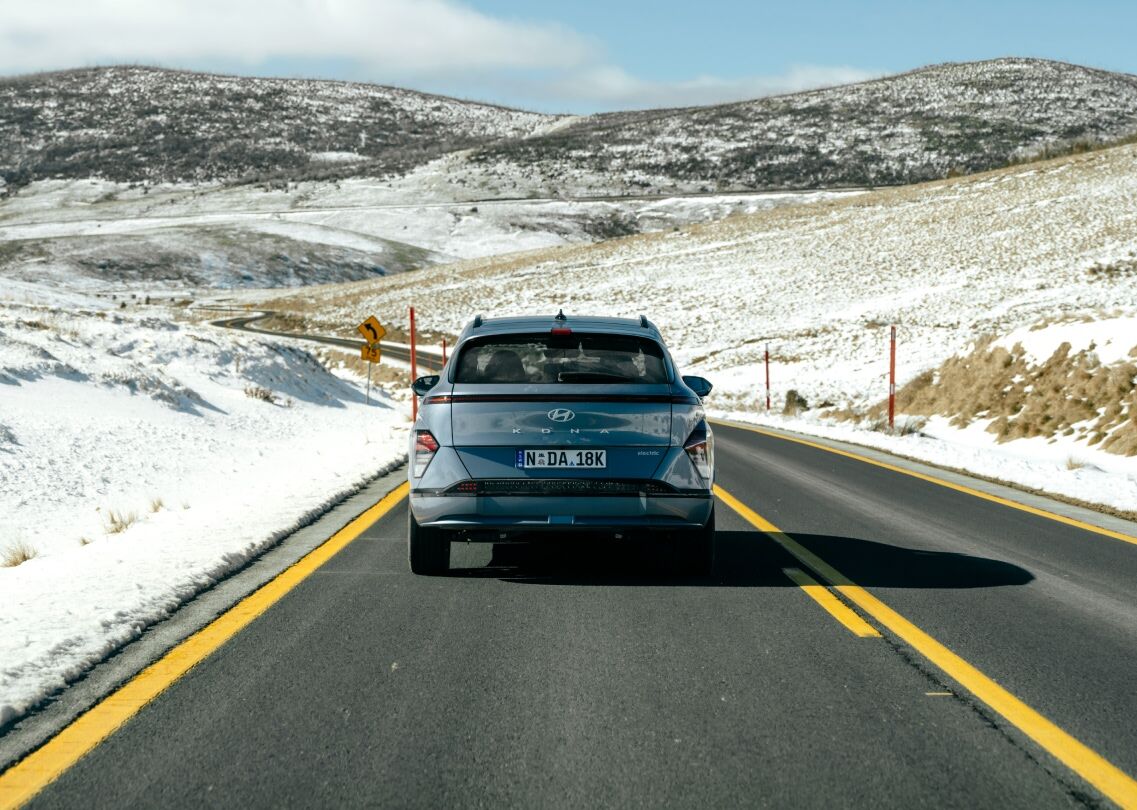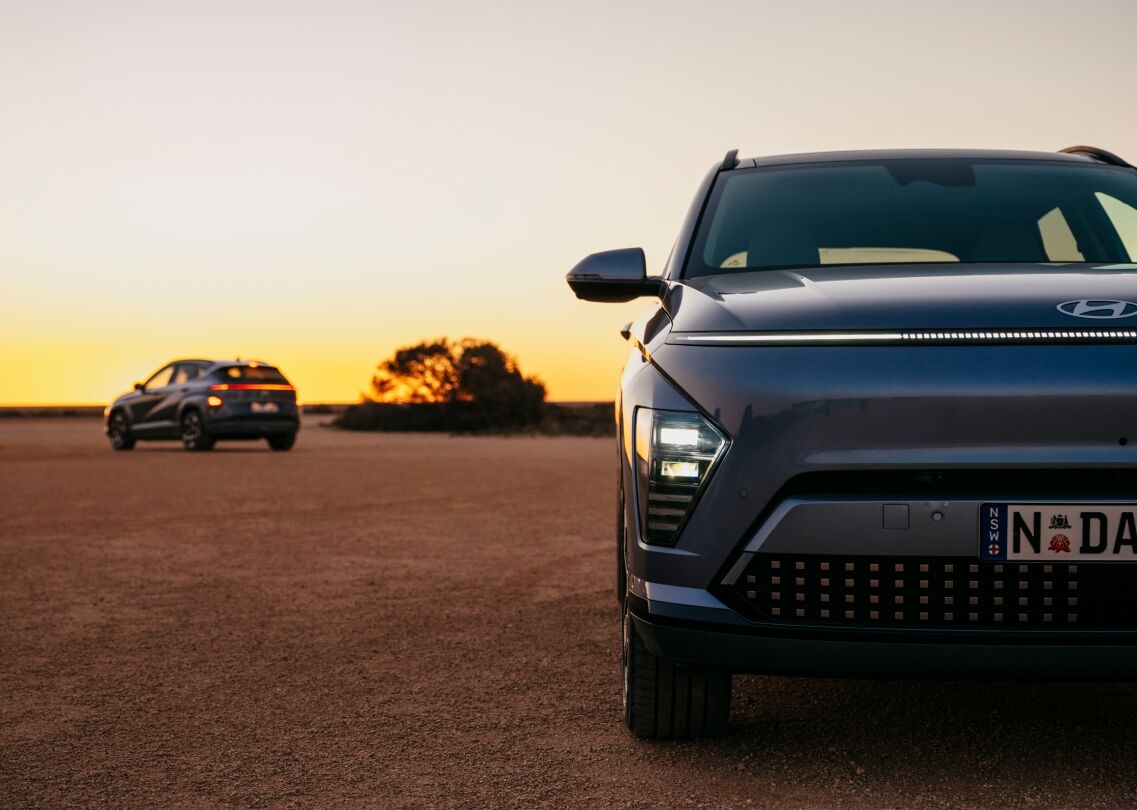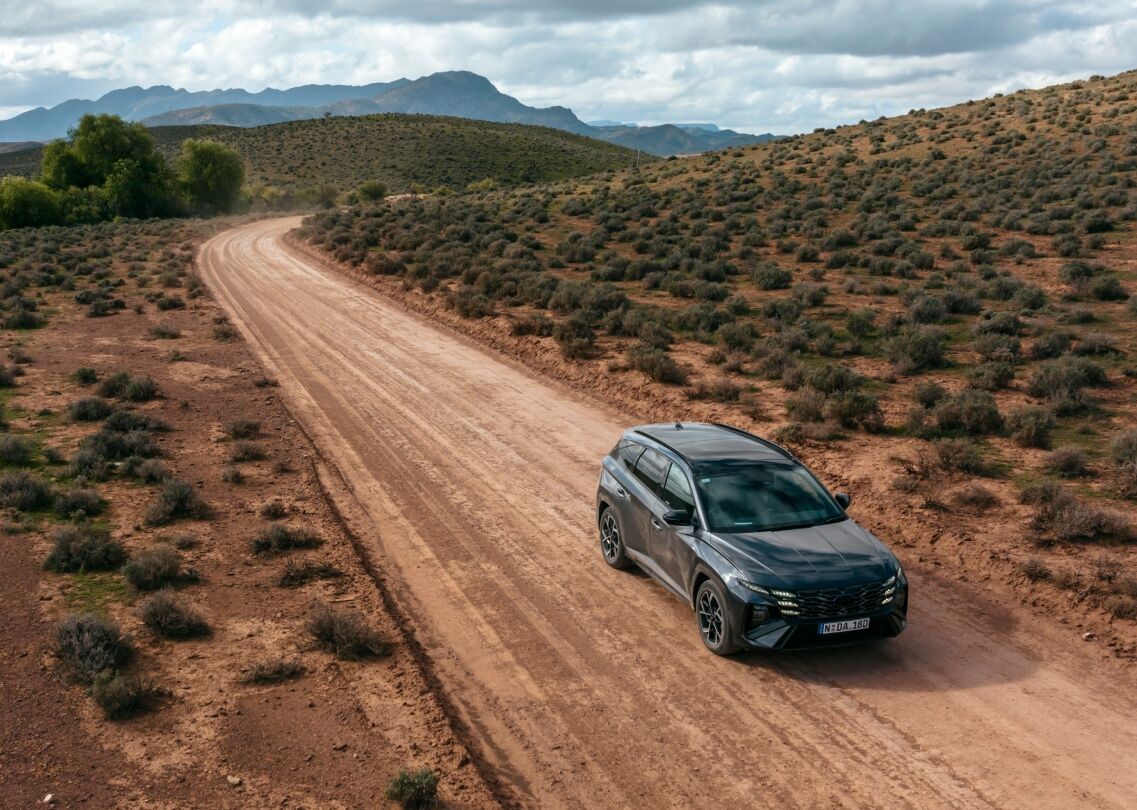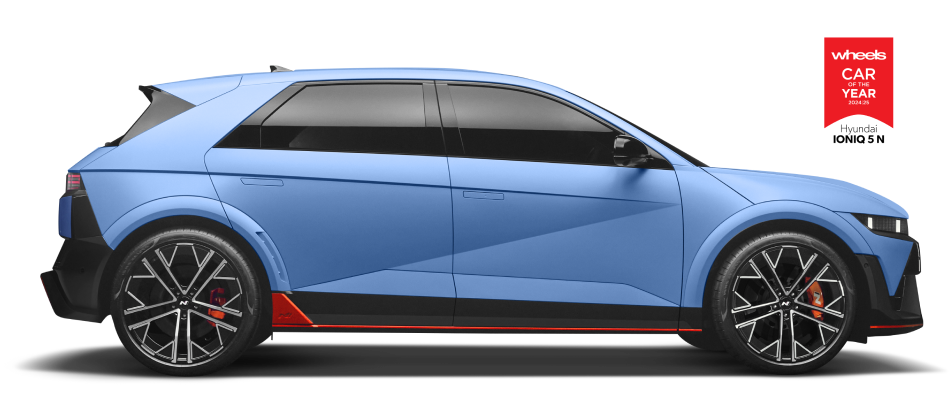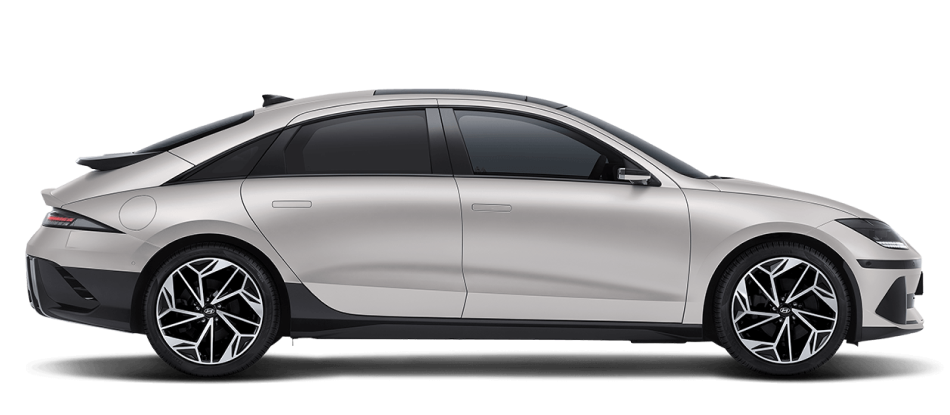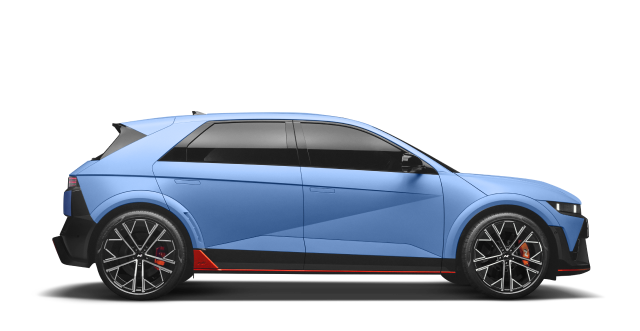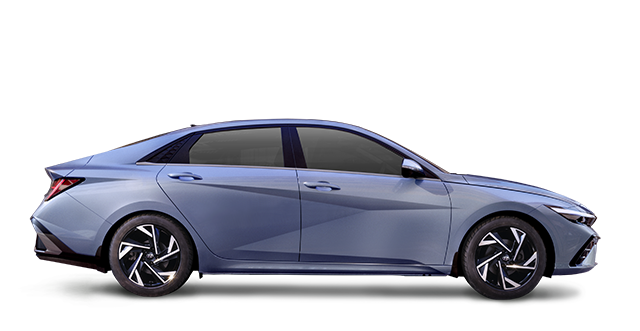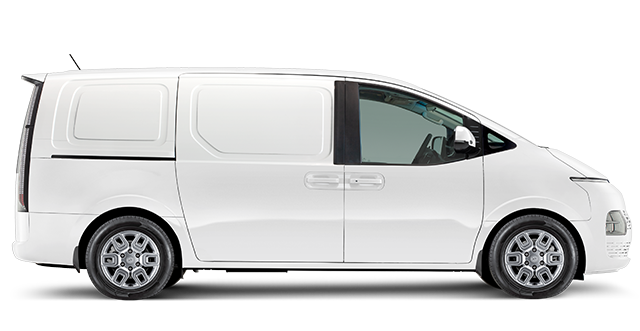Ever driven tomorrow's car today?
Now you can.
Now is the perfect time to go electric with Hyundai. We’re leading the charge in electric innovation, combining advanced technology with thoughtful design. Beyond the vehicles themselves, we’re also supporting the growth of public charging stations to make EVs more accessible for you and all Australians.
A seamless switch.
Step into the future with confidence knowing Hyundai EVs are more practical than ever.
Lower cost of ownership
Enjoy savings that you would have spent on fuel thanks to our innovative electric technology.
Compare the range.
Compare the specs of our electric range to find the perfect Hyundai for you.
More than zero-emissions driving.
Hyundai EVs emit no tailpipe emissions, but to make electric driving truly sustainable , every part of ownership needs to be considered.
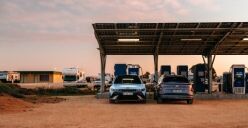
Sustainable EV charging.
Through partnerships and other initiatives with renewable energy partners, we're promoting alternative methods to generate power for EV charging, including solar and wind.

EV battery recycling.
We've signed recycling agreements with various partners to ensure the safe disposal and recycling of used batteries from our EVs.
FAQs.
-
Within our range, you’ll find:
Electric SUVs, like the KONA Electric, IONIQ 5, and IONIQ 5 N, perfect for your daily commute and weekend adventures.
Electric Sedans, like the IONIQ 6, made for urban exploration.
Small EVs, like the INSTER, that are fun to drive and full of personality.
Luxury EVs within the IONIQ range that have premium features and advanced tech ripped straight from the future.
-
EV batteries are built to last, typically offering 8–10 years or around 160,000–200,000 km of reliable performance before showing noticeable capacity loss. With proper care and the latest advancements in technology, their lifespan is continuously improving. Hyundai’s EVs are designed to ensure your battery delivers long-lasting efficiency, giving you confidence for every journey.
-
There are three types of EV chargers to consider:
Level 1 Chargers: This involves charging your EV from a standard 240-volt household (wall) outlet. This is the simplest and slowest form of home EV charging. They're affordable and convenient but are usually used overnight.
Level 2 Chargers: This includes home wall boxes installed in household or apartment garages or public charging stations at shopping centres, workplaces and public parking areas. Single-phase level 2 chargers add 30-35km of range per hour, while three-phase level 2 chargers add 30-130km of range per hour, depending on the vehicle.
Level 3 Chargers: These home or public chargers provide rapid charging by converting AC power to DC within the charging station, bypassing the vehicle's onboard charger. They can deliver up to 150-300km of range per hour.
-
Are EV charging stations free? Throughout Australia, many public charging stations are free to use. However, most fast-charging stations generally cost from $23 - $54 for a full charge depending on vehicle size and provider, which is around 20% cheaper than buying petrol.
-
EV charging time varies by charger type. With a fast charger, models like the IONIQ 5, IONIQ 6, and IONIQ 5 N can go from 10% to 80% in 18 minutes, while the KONA Electric can go 10% to 80% in just 45 minutes.
-
Regenerative braking is an innovative system in vehicles with an electric motor that converts the kinetic energy generated from braking into electrical energy that recharges the vehicle's battery. In other words, it charges your car while you drive, meaning less time and money spent charging.
The latest in electric vehicle news.
Buying tools.
Explore more.
Disclaimers.
[P1] Figure based on WLTP (Worldwide Harmonised Light-Duty Vehicles Test Procedure) static laboratory combined average city and highway cycle test, which measure, energy consumption, range, and emissions in passenger vehicles, designed to provide figures closer to real-world driving behaviour. Real life driving results will vary depending on a combination of driving style, type of journey, vehicle configuration, battery age and condition, use of vehicle features (such as heating and air conditioning), as well as operating, environmental and climate conditions.
[P2] Charging time applied to when connected to an 800V ultra-rapid charger. Charging times may increase if peak charging rates are not achieved. Charging times will also be dependent on the condition and durability of the high voltage battery, charger specifications, and ambient temperature at point of use.
Charging times may increase if peak charging rates are not achieved. Charging times will also be dependent on the condition and durability of the high voltage battery, charger specifications, and ambient temperature at point of use.




